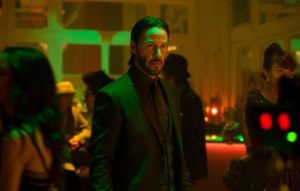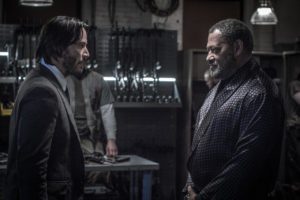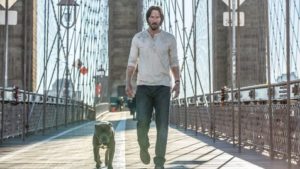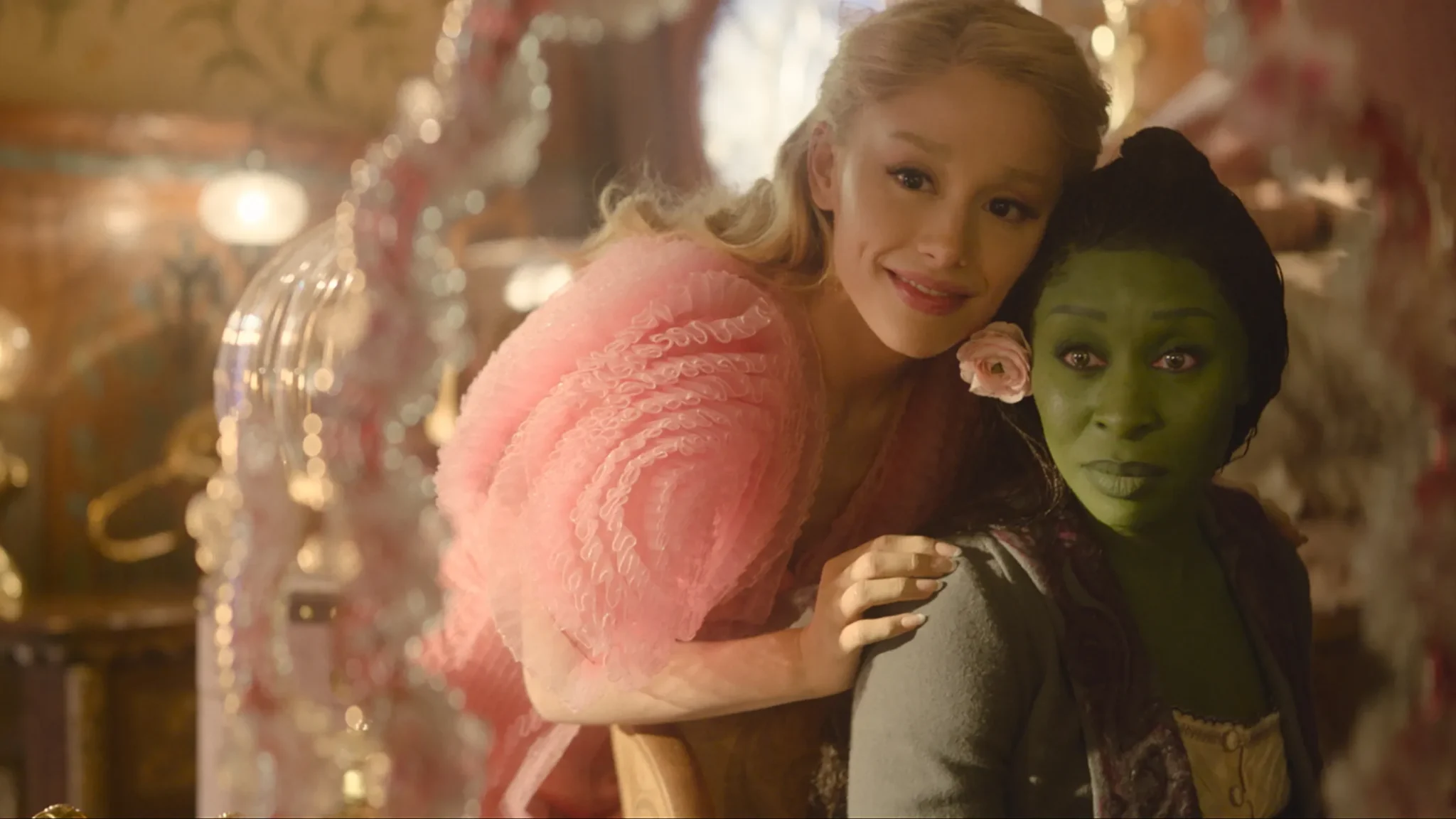NOTE:? The following article contains major?spoilers for John Wick: Chapter 2.
John Wick: Chapter 2 continues the story of ?retired? hitman, John Wick (Keanu Reeves).? Set a mere two weeks after the events of first film, Wick has successfully finished his manic vengeance and settles in at home for his new life? for about 10 minutes.? Soon after, he is met by Santino D?Antonio (Riccardo Scamarcio), a former associate who reminds him of an old debt that needs to be repaid.? Despite his protests, Wick is forced back to work to fulfill his obligation?after all, there are rules to be followed?and he finds himself in the middle of a global turf war.
In the most surprising mash-up of the year, John Wick: Chapter 2 opens with a clip of Buster Keaton projected on a nearby wall as the action takes place below.? The immediate imagery is clear:? This is a film that will emphasize the visuals and physical performances.? In essence, this means that, like Keaton, Reeves?s character will show you through the story with his actions, as opposed to his words.? By utilizing a unique style of violence that some have dubbed ?gun-fu?, the appeal of the Wick films seems to lie with its almost dance-like action sequences, combining the use of martial arts and firearms. ?Whereas the majority of actioners now make use of the infamous ?shaky-cam? style of filmmaking (I blame you, Paul Greengrass), the Wick series follows the violent acts in ways that develops genuine intensity.? Although extremely violent, it remains both visceral and stunning visually.

Still, there is far more to the film than choreography and headshots.? Whereas the first film follows Wick?s grief-filled heart, Chapter 2 focuses entirely on his soul.? As the film builds to its climax, he seems to straddle two different worlds.? With the final battle taking place in an art gallery featuring an exhibit entitled ?Reflections on the Soul?, John Wick has no time to do so. By literally making his descent into the underworld that he is caught between heaven?s gates and hell?s flames.? Through the director?s ingenious choice to place the final battle in a hall of mirrors, we see that Wick is actually two men ? one seeking redemption and the other forever damned.? (Admittedly, this reflective setting is hardly new to the action genre, but the subtext keeps the moment fresh.)
What?s more, in John Wick: Chapter 2, justice is swift and vengeful. ?In an ?eye for an eye? world, Wick is reminded that he is ?still Old Testament?. ?We see this evidenced in the penultimate moment of the film where, in a scene reminiscent of Genesis 4, John literally kills his ?blood brother? in the Continental?s dining hall.? However, in doing so, he also breaks one of the key rules of his profession and thus, destroys the only place of Edenic shalom that he has enjoyed.? As a result, such an act causes him to be thrown out into the night.? Yet, even so, the Continental?s benevolent and ever-present manager, Winston (Ian McShane), continues to care for him.? In a moment reminiscent of Cain?s exchange with God after the murder of Abel, Winston informs John that the only reason he remains alive is ?because he wills it?.? (What?s more, to deepen the comparison with this moment, Winston even hands John a marker as he departs.) As the film closes, he is cast out into the night with nowhere to wander.? Through Winston?s act of grace, he takes on a God-like persona as he watches over Wick, yet because of his actions, there must be consequences.? John is a man who has sinned against Winston and, although there remains the desire to forgive, Winston cannot erase the actions that have already taken place. As a result, he is now the target of everyone yet protected by none.
This is a film that explores the moment where one is forced to decide who they shall be. ?While on his way to meet underground crime boss, Bowery King (Laurence Fishburne), Wick?is met with a sign that says ?Jesus saves?, yet he walks right past it.? It is a reminder that the justice of the Old Testament can appear dark without the light inherent to the New Testament.? Wick is a man who needs salvation yet finds no absolution in anything.? Near the end of the film, he sits in his burnt down home, clutching his wife?s rosary and reflecting on the events that have just taken place.? Although he is clearly repentant, he refuses to?or, more accurately, is unable to?move beyond his past.
After all is said and done, what people will most likely remember about John Wick: Chapter 2 is its stylized violence and spectacular battle scenes.? Still, the deeper story within the film reveals a man who wishes to take steps into a world of freedom but remains a lost soul, running from his past and leaning into an empty future.? (?Am I free?,? he asks as he is reminded that he ?never will be?.)? Though called ?the Boogeyman? by those who fear him, Wick is, in fact, more of a ghost, floating through life without any firm spiritual grounding.
One only hopes that, in the inevitable (and likely, final) Chapter 3, Wick finally finds some shred of light in the darkness that continues to swallow him whole.






![Home Sweet Home Alone: It’s Hard to Go Home [Alone] Again](https://screenfish.net/wp-content/uploads/2021/11/MGLFOMP27JGQZLG2AQQ2SBUVSQ-scaled.jpg)
